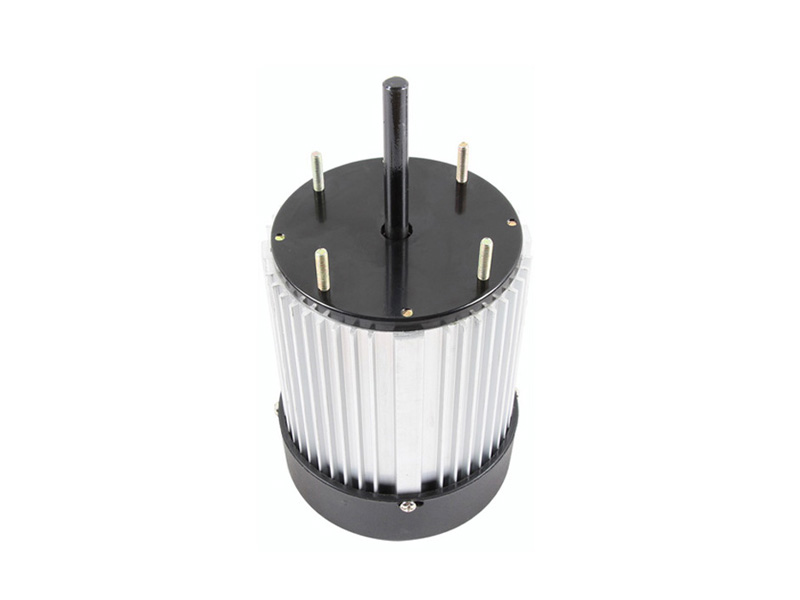Overheating failure and heat dissipation in the operation of 3.3 inch motor aluminum shell type
With the development of society, 3.3 inch motor aluminum shell types are widely used in various fields. As a kind of power machine that converts electrical energy into mechanical energy, it is inevitable to find overheating faults in aluminum housing motors during the use process. To eliminate the causes of overheating failure and repair it in time, it is necessary to understand the overheating failure and heat dissipation of 3.3 inch motor aluminum shell type.

1. What is the overheating fault of 3.3 inch motor aluminum shell type?
Aluminum case motor has stator winding loss, rotor winding loss, core loss, mechanical loss, stray loss, etc.. The loss will generate heat and increase the temperature of the aluminum case motor. In the rated conditions of normal operation, the temperature rise will not exceed the allowable value. In abnormal operating conditions, the temperature rise will exceed the allowable value, resulting in an imbalance between the heat generated and the heat emitted by the aluminum housing motor. This phenomenon can be referred to as an overheating fault of the aluminum housing motor. So, in general, overheating of aluminum case motors is mostly caused by coil thermal cycling and abnormal temperature rise.
2. In the conversion process of 3.3 inch motor aluminum shell type, the loss will generate heat, raising the temperature of aluminum case motor. Therefore, to better exclude the overheating fault of aluminum case motor, the aluminum case motor must be equipped with a ventilation heat sink to ensure a stable temperature rise. The aluminium case motor's ventilation and heat dissipation device include an external air circuit, base heat dissipation, stator heat dissipation, and rotor heat dissipation.
(1) External air duct. The external air duct of a small asynchronous aluminium-cased motor mainly comprises a wind cover, fan and heat sink bar on the base. The ventilation principle is the aluminium motor shaft with the fan rotation, and the outside air is sucked into the hood. The fan's rotation generates an absolute pressure of the air inside the hood, which forms an air jet from the outlet of the hood, flowing along the cooling ribs and gradually decelerating and spreading, thus cooling the surface of the base.
(2) Frame heat dissipation. Frame heat dissipation in two ways: one is the heat conduction inside the frame. The heat is transferred from the unit to the frame surface through 1/2 of the frame thickness and naturally radiated to the atmosphere; the other is taken away by the forced convection of the cooling airflow on the engine base surface.
(3) Stator heat dissipation. It is composed of a stator core and stator winding. During operation, copper losses occur in the stator winding, iron losses in the stator core, and aluminum losses in the rotor, which are transmitted through the air gap of the aluminium-cased motor. These losses are transferred to the frame through the joint surface between the stator core and the frame and then radiated outward.
(4) Rotor heat dissipation. Aluminum losses in the rotor and additional losses in the teeth cause the rotor to generate heat, some of which is transferred to the stator and frame through the air gap between the stator and rotor, some of which is radiated directly into the air inside the machine through the rotor end rings and blades, and some of which is radiated through the rotor and shaft.
The above is the overheating fault in the operation of 3.3 inch motor aluminum shell type and the related principle and knowledge of heat dissipation. I hope it can help you in your purchase and use.



